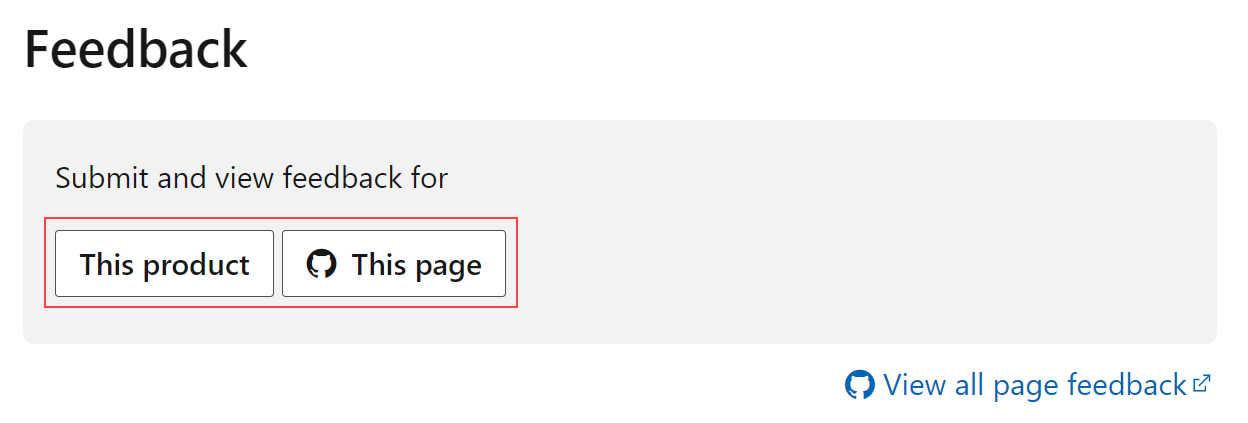Architecting Cloud Native .NET Applications for Azure

EDITION v1.0.3
Refer changelog for the book updates and community contributions.
PUBLISHED BY
Microsoft Developer Division, .NET, and Visual Studio product teams
A division of Microsoft Corporation
One Microsoft Way
Redmond, Washington 98052-6399
Copyright © 2023 by Microsoft Corporation
All rights reserved. No part of the contents of this book may be reproduced or transmitted in any form or by any means without the written permission of the publisher.
This book is provided "as-is" and expresses the author's views and opinions. The views, opinions, and information expressed in this book, including URL and other Internet website references, may change without notice.
Some examples depicted herein are provided for illustration only and are fictitious. No real association or connection is intended or should be inferred.
Microsoft and the trademarks listed at https://www.microsoft.com on the "Trademarks" webpage are trademarks of the Microsoft group of companies.
Mac and macOS are trademarks of Apple Inc.
The Docker whale logo is a registered trademark of Docker, Inc. Used by permission.
All other marks and logos are property of their respective owners.
Authors:
Rob Vettor, Principal MTC (Microsoft Technology Center) Architect for Cloud App Innovation, Microsoft
Steve "ardalis" Smith, Software Architect and Trainer - Ardalis.com
Participants and Reviewers:
Cesar De la Torre, Principal Program Manager, .NET team, Microsoft
Nish Anil, Senior Program Manager, .NET team, Microsoft
Jeremy Likness, Senior Program Manager, .NET team, Microsoft
Cecil Phillip, Senior Cloud Advocate, Microsoft
Sumit Ghosh, Principal Consultant at Neudesic
Editors:
Maira Wenzel, Program Manager, .NET team, Microsoft
David Pine, Senior Content Developer, .NET docs, Microsoft
Version
This guide has been written to cover .NET 7 version along with many additional updates related to the same “wave” of technologies (that is, Azure and additional third-party technologies) coinciding in time with the .NET 7 release.
Who should use this guide
The audience for this guide is mainly developers, development leads, and architects who are interested in learning how to build applications designed for the cloud.
A secondary audience is technical decision-makers who plan to choose whether to build their applications using a cloud-native approach.
How you can use this guide
This guide begins by defining cloud native and introducing a reference application built using cloud-native principles and technologies. Beyond these first two chapters, the rest of the book is broken up into specific chapters focused on topics common to most cloud-native applications. You can jump to any of these chapters to learn about cloud-native approaches to:
- Data and data access
- Communication patterns
- Scaling and scalability
- Application resiliency
- Monitoring and health
- Identity and security
- DevOps
This guide is available both in PDF form and online. Feel free to forward this document or links to its online version to your team to help ensure common understanding of these topics. Most of these topics benefit from a consistent understanding of the underlying principles and patterns, as well as the trade-offs involved in decisions related to these topics. Our goal with this document is to equip teams and their leaders with the information they need to make well-informed decisions for their applications' architecture, development, and hosting.
Send your feedback
This book and related samples are constantly evolving, so your feedback is welcomed. If you have comments about how this book can be improved and you're reading this book on <learn.microsoft.com>, use the Feedback section at the bottom of the page:
As highlighted in the preceding screen capture, the feedback section allows you to submit feedback for:
- This product: using the .NET product feedback form.
- This page: using a GitHub issue template with the page details.
If you're reading this book as a PDF, you can submit feedback by creating a new .NET Docs: GitHub issue or by using the .NET Architecture eBooks: GitHub issue template.
Feedback
Coming soon: Throughout 2024 we will be phasing out GitHub Issues as the feedback mechanism for content and replacing it with a new feedback system. For more information see: https://aka.ms/ContentUserFeedback.
Submit and view feedback for

